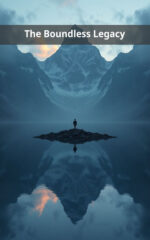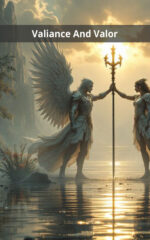Description
Amidst the fear and uncertainty that gripped the nation, a remarkable phenomenon emerged: a culture of dissent. Artists, activists, and intellectuals rose up to challenge the government’s narrative of nuclear safety and progress. They expressed their anxieties, anger, and despair through art, music, literature, and film, giving voice to the collective unease that permeated American society.
This cultural rebellion manifested itself in diverse and provocative ways. In the realm of popular culture, nuclear anxiety permeated every corner. Films like “Dr. Strangelove” and “Fail-Safe” satirized the absurdity of nuclear brinkmanship, while songs like “We Shall Overcome” and “Blowin’ in the Wind” became anthems of the anti-nuclear movement. Artists such as Andy Warhol and Jasper Johns explored the nuclear sublime, capturing the awe-inspiring yet terrifying power of the atomic age in their works.
Beyond the arts, activists and ordinary citizens took to the streets, organizing protests and rallies against nuclear testing and the arms race. The civil rights movement and the counterculture movement intertwined with the anti-nuclear movement, amplifying its message of peace and justice. The result was a groundswell of opposition that challenged the prevailing nuclear narrative and forced policymakers to confront the devastating consequences of their actions.
The legacy of the atomic age is a complex and multifaceted one. While the fear of nuclear annihilation has receded somewhat since the end of the Cold War, the threat of nuclear proliferation and the challenges of nuclear waste disposal continue to loom large. Yet, the cultural revolution sparked by the atomic bomb has left an enduring mark on American society. It has fostered a heightened awareness of the fragility of our planet and the urgent need for global cooperation to address the existential threats of our time.
This book offers a fresh perspective on the cultural revolution that emerged from the ashes of Hiroshima and Nagasaki. Through a comprehensive examination of art, literature, music, film, and activism, it explores the ways in which the atomic bomb transformed American society and culture, leaving an indelible legacy that continues to shape our world today.
If you like this book, write a review!
Language : English
Dimensions : 6 x 9 inches
Pages : 181 pages
Pasquale De Marco stands as a prolific author whose literary prowess knows no bounds. With a passion for storytelling that transcends genres, he has made a name for himself as a versatile writer with the extraordinary ability to captivate readers across diverse literary landscapes. His journey as an author is marked by an insatiable curiosity, a love for the written word, and a relentless commitment to sharing knowledge and experiences with the world.
Pasquale De Marco collaborates with a dedicated team of ghostreaders who assist him in evaluating and editing the manuscripts. His collaborators are not only skilled professionals but also avid readers who purchase and read books as a personal hobby. This unique blend of creativity allows Pasquale to push the boundaries of traditional publishing, making literature more accessible and diverse.






Reviews
There are no reviews yet